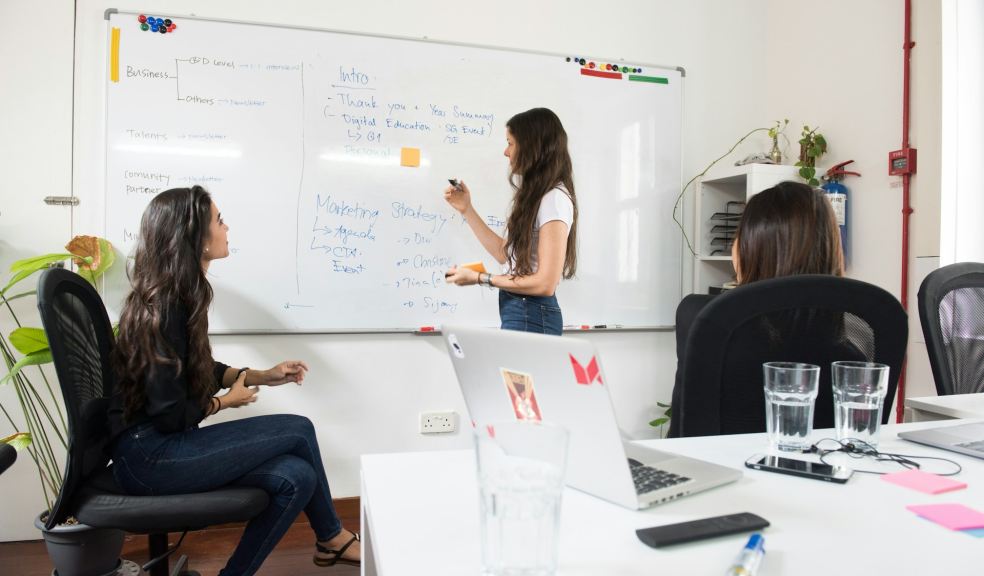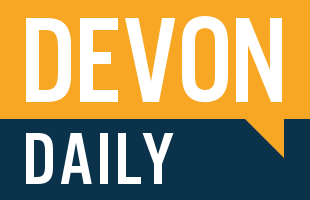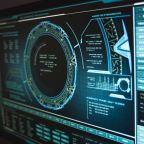
Making meetings matter: simple tools that change the game
When was the last time you left a meeting thinking that it was worth it? If the answer isn’t “today,” then you’re not alone. Meetings often get a bad reputation for being too long, too vague, or just too unproductive. But sometimes, the difference between chaos and clarity comes down to a few practical tools.
We often overlook the impact of the basics. But in most offices, good communication doesn’t rely on high-tech gadgets, it depends on preparation, presence, and yes, simple supplies that work without fuss. If a conversation needs structure and flow, so does the space it happens in.
Paper still has power
Even in a digital-first world, the value of reliable printer paper can’t be overstated. Whether it’s printing out handouts, last-minute reports, or sketches during brainstorming sessions, physical documents help ground abstract ideas. They create a shared reference point, allow for quick notetaking, and support attention in ways screens often don’t.
People engage differently with paper in the room. A printed agenda on each seat keeps the group focused. Diagrams passed around the table encourage interaction. And when the printer is loaded with quality paper that doesn’t jam or smudge, it’s one less thing to worry about before a meeting starts.
In many businesses, good paper is less about status and more about flow. It keeps things moving and communicates attention to detail. It helps your team work without interruption, especially during time-sensitive discussions.
Making ideas visible
Ever tried to explain something complex without visuals? It’s like describing a color without showing it. A good whiteboard turns that problem on its head. You don’t have to be an artist to map out your ideas. You just need a space big enough, clear enough, and within reach.
The beauty of whiteboards isn’t just in their simplicity. They invite collaboration. They allow ideas to evolve in real time. They keep everyone on the same page, literally. When a thought goes from someone’s head onto a board, it becomes part of a group conversation. It’s a tool, but also a stage.
And unlike slides that vanish as fast as they appear, the whiteboard stays visible for the length of a discussion. It doesn’t flicker. It doesn’t need recharging. It’s a shared surface for shared thinking.
The tools that support attention
Every productive meeting needs structure, visual clarity, and materials that don’t slow things down. That doesn’t mean you need to reinvent your workspace, it means you need the right items, ready when you are.
Paper and boards aren’t glamorous. They’re not new. But they work. And in a meeting, what works is what matters.











